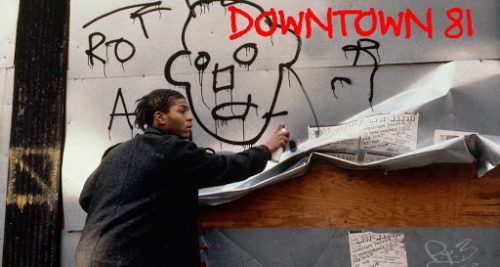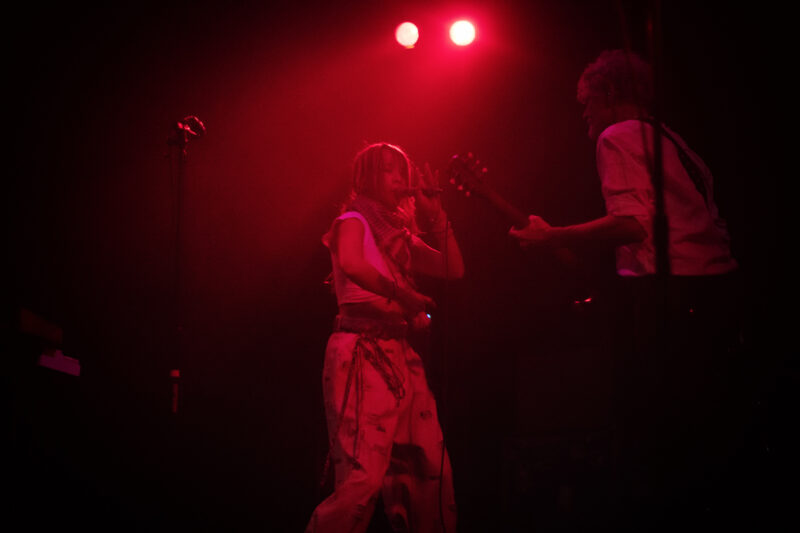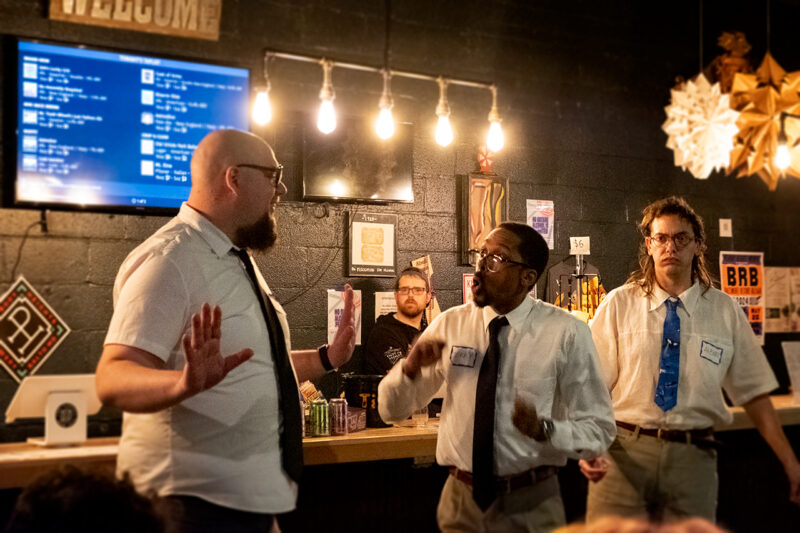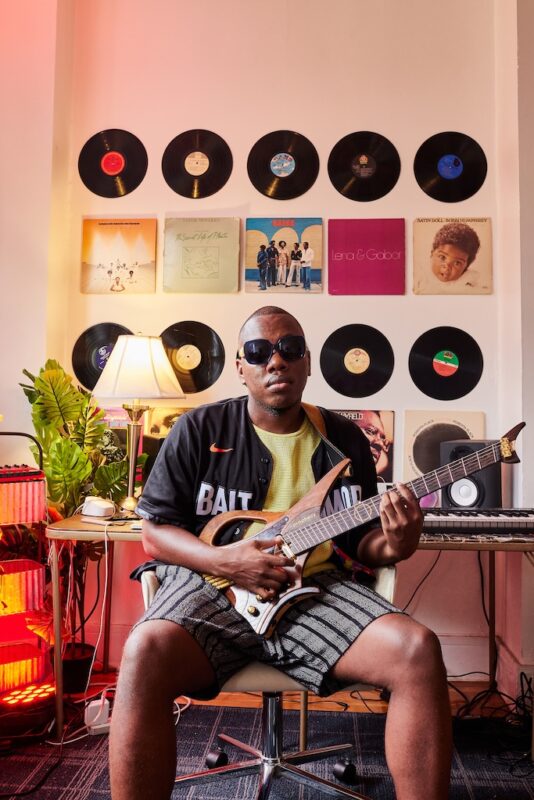Andy Warhol likes to watch. Played by Nick Fruit, he sits in the single-chair front row of StillPointe Theater’s new venue in the Station North Arts District, training his prop film camera at six of the late 1960s denizens who flitted through his Factory creative headquarters slash warehouse chic lair in Manhattan’s Union Square. There’s poor little rich girl Edie Sedgwick (Sarah Burton), scion of families that date back to the colonizations of New England and New Amsterdam. Poet, photographer, actor, and devilish imp Gerard Malanga (Ricardo Sean Blagrove) and speedy actor Ondine (Seth Julius Fallon) cavort about in a cheeky haze of pansexual desires. Actress, writer, and artist Viva (Amber Wood) is completely over their tiresome dudeness. And the glamorous Candy Darling (Alicia Horton) is, well, glamorous. Oh, there’s also feminist writer Valerie Solanas (Christine Demuth), author of the SCUM Manifesto and the play Up Your Ass, which she’s hoping Warhol—excuse me, Andy, will produce. When he doesn’t, she does what many writers have momentarily thought about doing when receiving their first or one-hundred-and-first rejection: she shoots him.
Pop: Who Shot Andy Warhol?, the 2009 musical with book/lyrics by Maggie-Kate Coleman and music by Anna K. Jacobs, is ahistorical, apolitical, amodern, and absolutely entertaining. The roughly 80-minute musical treats Solanas’ 1968 shooting of Warhol at the Factory as a moment to invent an Agatha Christie-ish whodunnit, where any one of the above superstars may have had a motive to commit murder in a moment of passion. (Solanas actually turned herself into the police and confessed to the shooting.) It’s a story of pure imagination, and any fan of Warhol’s freewheeling ’60s, art oeuvre, writings, and interviews will recognize all the allusions that Pop! makes to that era’s ostensibly insouciant decadence.








